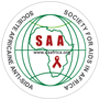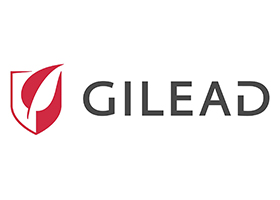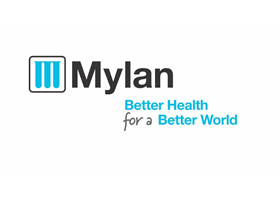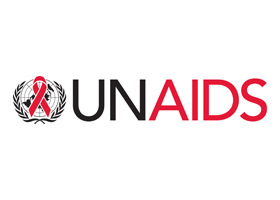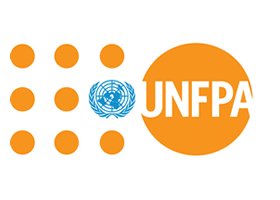Time: 8.30 - 10.30
Venue: MH1
Reporters: Umubyeyi Benie Raissa and Mahoro Gisele
The session had a range of speakers who discussed critical needs for the HIV response. The first speaker was Dr Aliyu Gambo, the Director General of the National Agency for the Control of AIDS in Nigeria. He shared the findings of the largest population based HIV survey in the world conducted in Nigeria in over a 22 weeks period for persons 15-64 years old. The result showed that the HIV prevalence for persons 15 -49 years was 1.4% and 1.5% for those 15-64 years. The highest prevalence was in those 50 years and above. For those 15-30+ years, the gender disparity in the HIV prevalence was apparent. The Director General highlighted plans to control the epidemic and increase domestic resourcing of the response.
Next, Prof Quarraisha Abdul-Karim discuss the peculiarity of the HIV in women. She highlight how the biology of the women increases the risk for HIV. In Kwazulu Natal, the gender disparity in HIV prevalence is apparent by 15 years of age and this increases as the population gets older. The HIV prevalence in men starts to catch up with the high prevalence in women after age 30 years. The prevalence in women outpace that of the men. Apparently, it is not only the behavior risk (youngwe women having sex with older men, get infected from men; and then at an older age, have sex with their peers and infect the men) but also the microbiome of the vagina. Women with inflamed vagina have 7 times increased risk of having HIV than those who do not have the infection. Also, women who have some form of bacteria in their vagina (high levels of lactobacilli) not only have increased risk for HIV infection, but also have increased risk of reduced effectiveness of a topical PrEP inserted in the vagina. /p>
Julian Samuelson spoke about the continued need for voluntary medical male circumcision and the huge impact it has made on the HIV epidemic now, and the potential for the future. She estimates that about 250,000 new infection has been averted by the current level of voluntary male circumcision that had taken place. This biomedical approach is a permanent tool and has the potential to avert more than 1.5million new infection in the future. As the world moves towards the 2030 goal, community based approaches need to be intensified to reach population in their homes. The 90-90-90 targets will be achieved through the use of population-level driven viral suppression approaches./p>
Manju Chatani of AVAC concluded the session by highlighting advocacy issues for the future of HIV prevention. She noted that through there were tools, and the world was making some success, the success was limited and still sobering in view of the realities. 38 million of people are infected, only 24 million are on treatment and and an unacceptable 1.7million people are infected with HIV annual with the worst affected persons being young women. New infections still outpace treatment initiations. Prevention tools are not being provided on an adequate scale. Stigma and discrimination impede prevention for men who have sex with men, sex workers transgender persons. There are also unmet need for integrated sexual and reproductive health and HIV. Her call was the need to enact bold, activist, visible leadership on HIV from the grassroots to Geneva; use today’s evidence to guide tomorrow’s prevention targets; and use multilayered prevention approaches, approaches that are centered around the person, not the virus. These actions are needed now.


